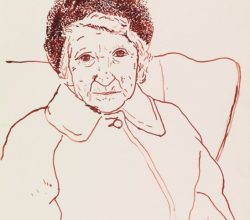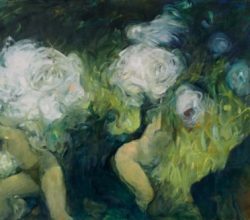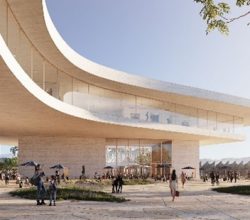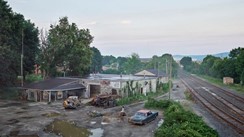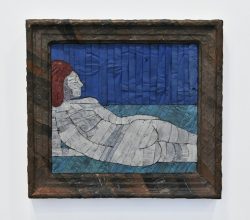
Robert Kobayashi at Susan Inglett Gallery
Jan Garden Castro | Whitehot Magazine | 1st October 2020
Kobayashi was a charming figure in New York’s art world. After trying painting, he began using strips of tin and nails to make portraits, still lifes and sculptures. The results were somewhat akin to pointillist paintings. Kobayashi avoided gallery representation and attention from critics was therefore sporadic. He put his whimsical works in a shopfront of his studio building; the neighbours complained if new pieces were slow to appear.

